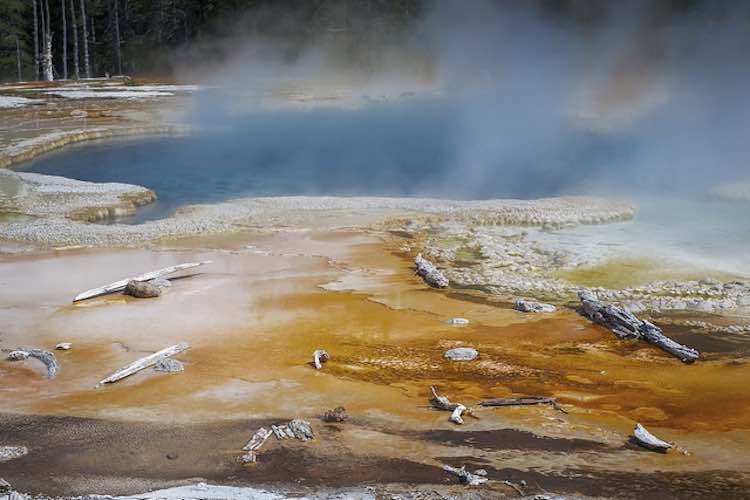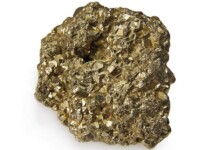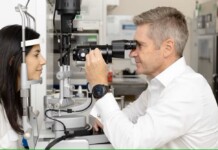A rather innocuous observation of the small cyanobacteria living in the hot springs and boiling pools of Yellowstone National Park by a scientist in 1966 would lead to the discovery of a molecule that now 54 years later is being used to fuel the testing process for the viral RNA of a virus responsible for a civilization-altering pandemic.

As Jeff Goldblum’s character said in Jurassic Park, “Life, uh, finds a way.” Outside the realm of Hollywood, it was these mats of squishy cyanobacteria found in pools of water which can reach a boiling point that created a revolution in science—proving that life could indeed survive in conditions which used to be considered untenable even for bacteria.
“What use could there be in looking for living bacteria in hot springs and boiling pools at Yellowstone National Park?” the scientist Thomas Brock said in his acceptance speech for an honorary degree from the University of Wisconsin-Madison.
Life finds a way
In the 1980s, American biochemist Kary Mullis discovered it was possible to mimic the way DNA copies itself, and that if he marked regions of the organism with “primers,” small segments of DNA, and then applied DNA-polymerase, the enzyme would turn the primers into whatever Mullis wanted to copy.
To do this, according to National Geographic, the sample needed to undergo a circular heating and cooling process that damaged the DNA-polymerase. It could still work, but it was slow, arduous, and, like continually heating a piece of meat, it caused breakdowns in the proteins that would eventually end the process altogether.
RELATED: Scientists Are Creating Waterproof Surfaces Based on Nature That Will Repel Bacteria Too
However, Mullis realized that thermus aquaticus—the species of cyanobacteria discovered by Mr. Brock in Mushroom Springs, Yellowstone—spent all its time in water that averaged 191 degrees Fahrenheit, and that the DNA-polymerase from its cells might be resistant to the heat needed to activate the replicating process.
Sure enough, his hunch was right, and it’s that process, made from the enzyme found inside thermus aquaticus, that is being used to test individuals positively or negatively for COVID-19.
CHECK OUT: Dreading a Dark Winter Lockdown? Think Like a Norwegian
After the viral-RNA of the SARS-CoV-2 is converted to DNA, the replicating method of Mullis is applied to areas where the virus is detected, endlessly replicating the cells on a test sample until the presence of the virus is clear or not.
If you go to Yellowstone and read some of the placards surrounding the iconic bunches of geothermal features, you’ll notice that one explains the discovery of cyanobacteria and how it changed scientists’ understanding of the fundamental components of life. That discovery has been expanded by further investigations of microbes living on undersea thermal vents, which has put together a picture of what microbial life might need to survive on other planets.
MORE: 14-Year-Old Girl Wins $25,000 For a Scientific Breakthrough That Could Lead to COVID-19 Cure
But, in the meantime, the cyanobacteria behind the discoveries of Brock and Mullis are fueling the testing process that helps us humans to survive on Earth amid the COVID-19 pandemic.



















